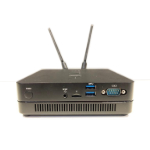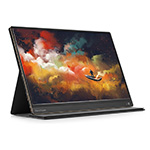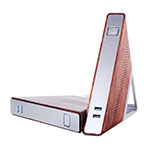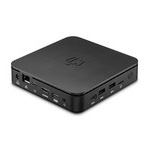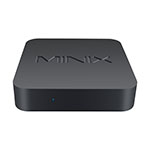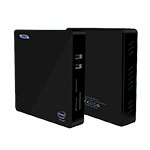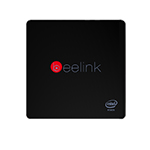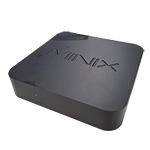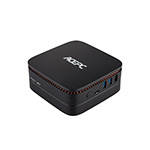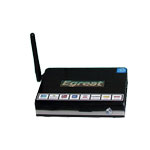Unboxing Zidoo X9S, the first Realtek RTD1295 device to reach the market

-
16GB
ROM
-
2GB
RAM
-
4
GPU
-
4
CPU
Zidoo X9S

-
OS
-
Wi-Fi
-
LAN
Gbit -
CHIPSET
Realtek RTD1295
We got to test each device made by Zidoo here on MiniPCDB, and if you're a regular you know that they are trying to get the best out whatever SoC they use.
I was particularly excited when they announced a device with Realtek RTD1295 because I used to play with quite a few Realtek devices back in the day and I was particularly waiting for a new strong chipset from Realtek (you can read more about this here).
So what X9S is looking fantastic on paper, and as you can see in the below unboxing Zidoo really tried their best to impress with the product presentation as well - and they nailed it!
I would like to thank Zidoo for kindly offering the X9S for a review - you can buy the X9S directly from Zidoo on Amazon.
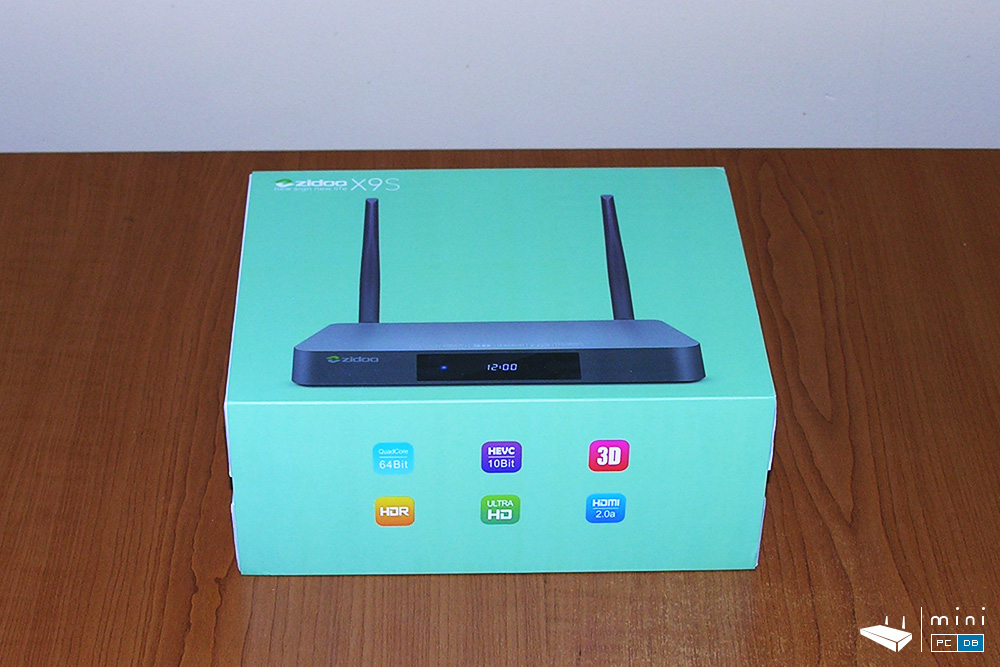
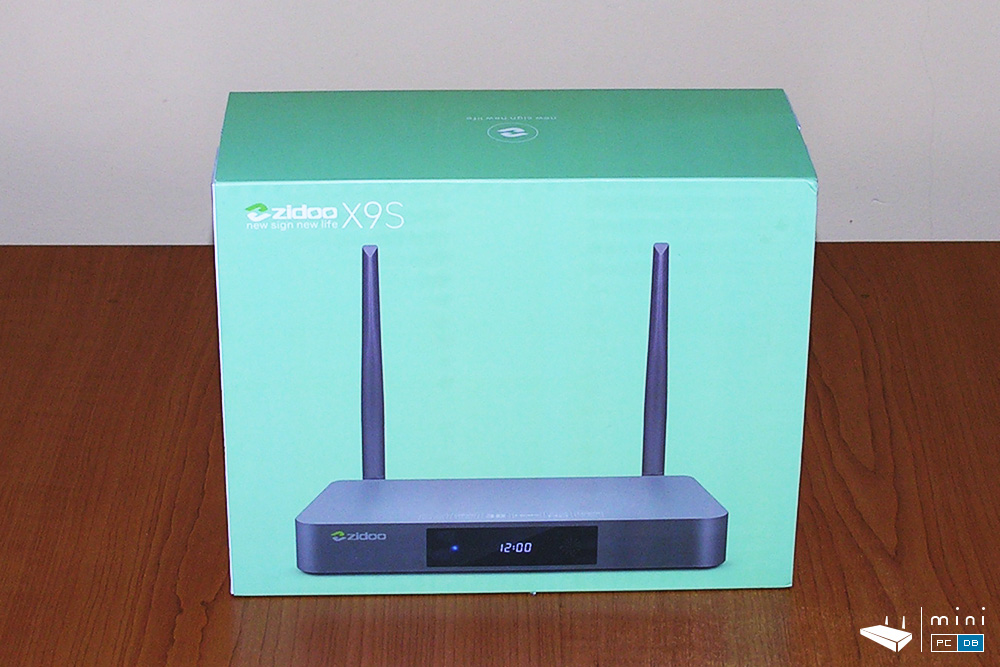
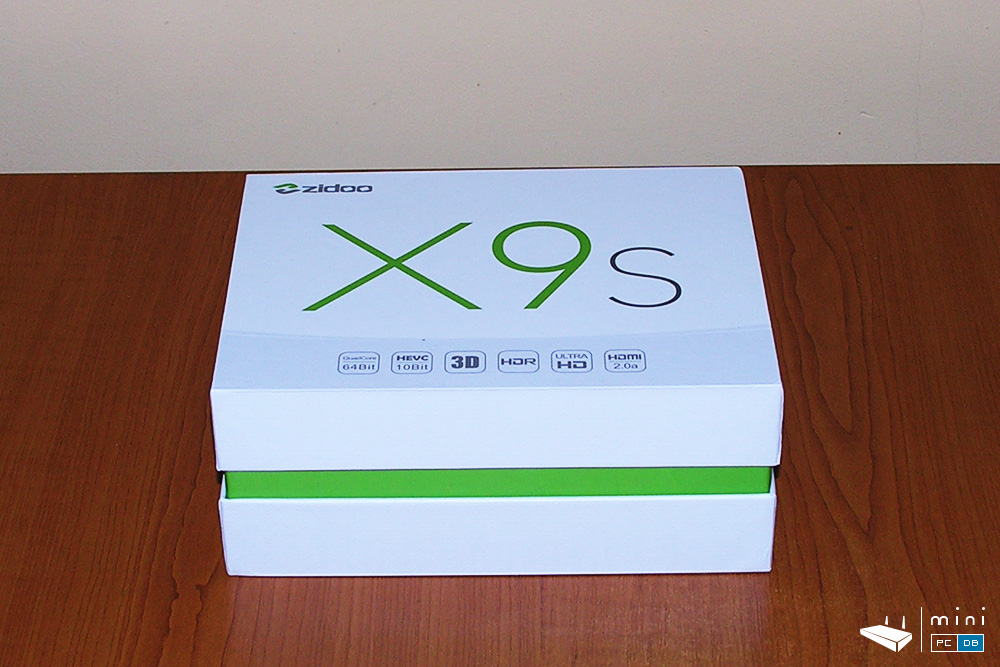
Zidoo X9S unboxing
Zidoo's new flagship comes in a special giftbox package, which does a good job to attract attention on the device itself and at the same time suggesting that the device is a "premium" one.
There's a cover with a huge picture of the device - almost 1:1 in size - which also has all the specs on the back, very detailed, starting with the "Aviation Aluminun alloy case in smoke-colored" shell.
Peel the cover off and we get to the actual box with a design that resembles some of the previous models we tested from Zidoo - only this time it's a bit taller.
What's inside the box?
Inside the box we find the product itself, nicely tucked in, a small HDMI cable, the power adapter and a SATA cable.
There's also a warranty card and the "Quick Guide", which briefly explains how to connect the Mini PC to all other devices it can be connected to (TV, monitor, sound system, video source for the HDMI-in feature).
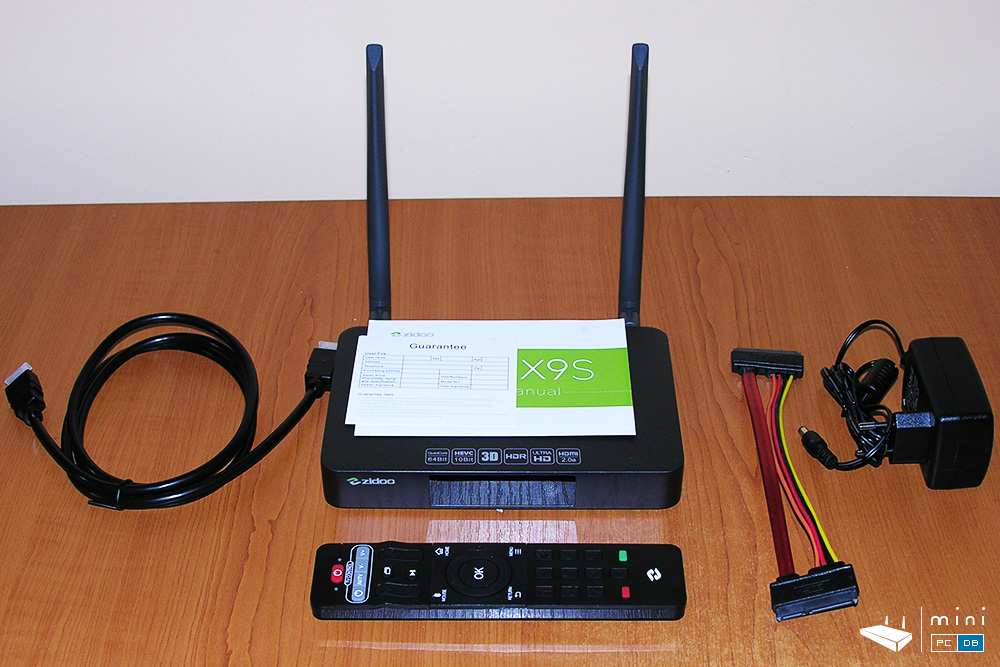
The device itself looks very polished and it does give you the "premium" look and feel the Zidoo engineers intended. They have emphasized quite a bit the "aviation grade" aluminum case and I can see why - it looks great and gives the device a great first impression. The color blends in in any environment and the nice rounded colders and front LCD panel are a nice touch.
In the first tests the casing was always cooler than other fanless devices I've tested (including other Zidoo devices), so it was definitely a good choice - both good looking and functional.
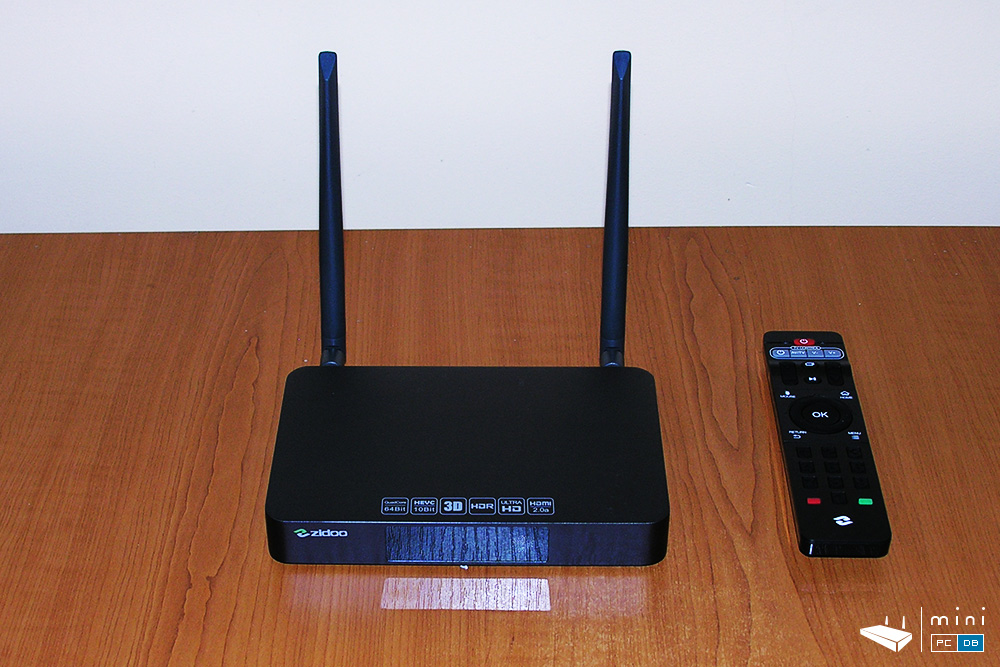
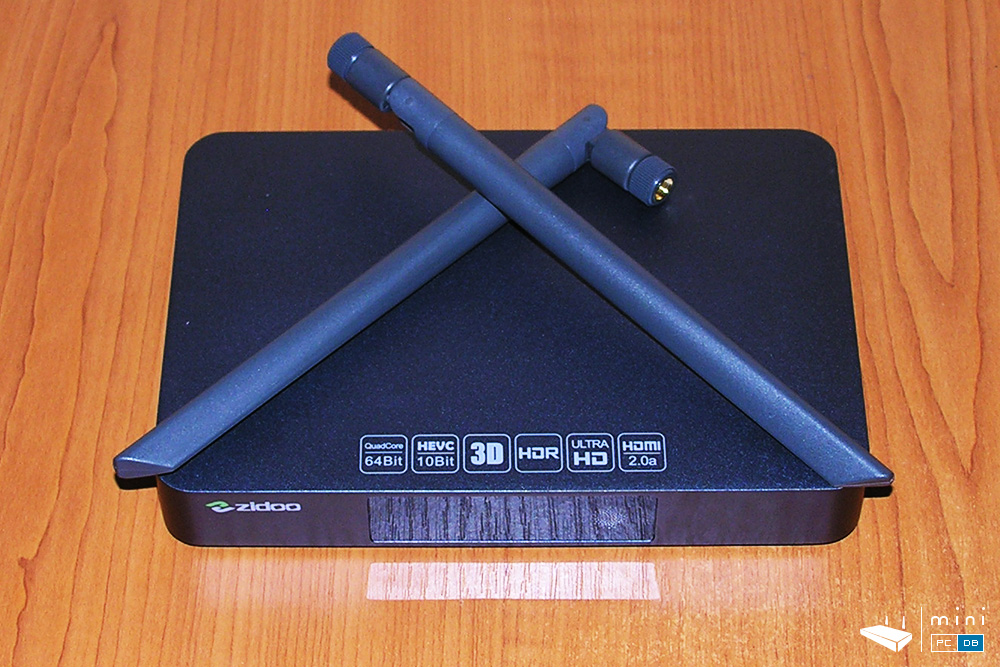
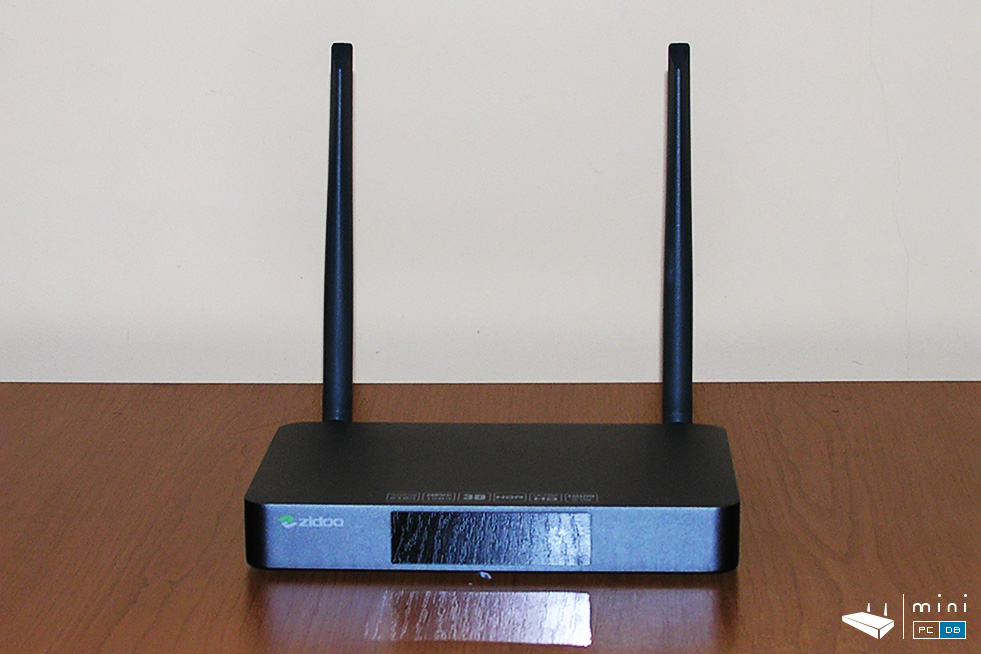
But the multitude of ports is really what makes this device interesting.
The right side has three USB ports (2 x USB 2.0, 1 x USB 3.0) and one very uncommon SATA port, which goes well with OpenWRT, as we'll uncover on the Zidoo X9S review.
There are no ports on the left side, just some very smooth ventilation holes.
On the back we have the two HDMI ports (one In and one Out), AV-ou, optical, SD card (next to the restore pinhole) and, a personal favorite, an on/off button.
So basically you can connect a bunch of external devices to X9S - from camcorders, satellite receivers, HDD (SATA, USB 3.0), sound systems, projectors, mice, keyboards (bluetooth, USB) and the list can go on.
There's a cool function that allows streaming to local network of whatever signal you feed it through HDMI in, which is an awesome idea, but more on that in the review.
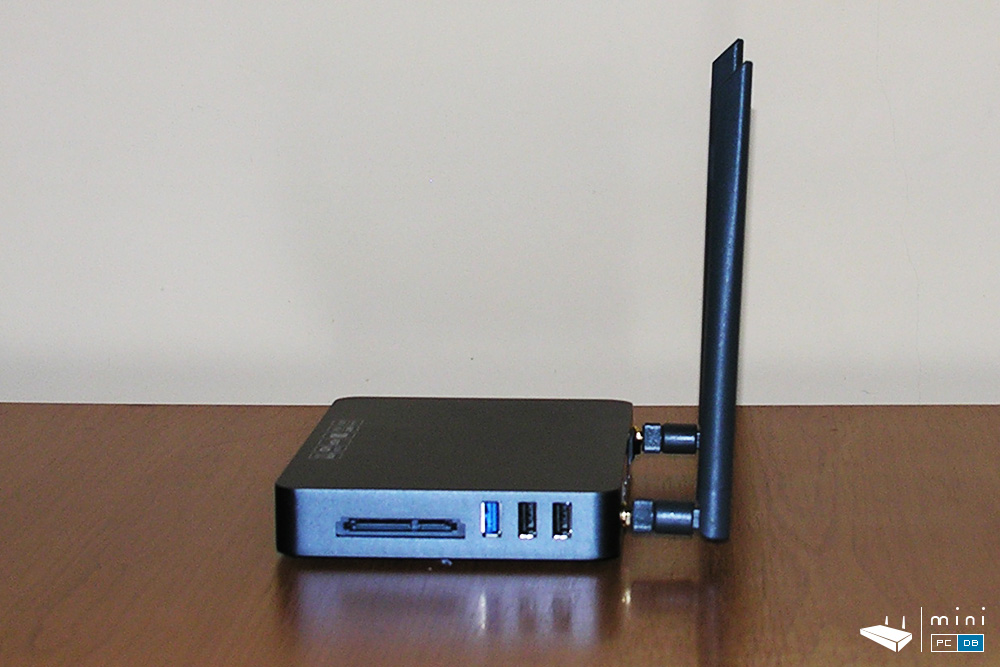
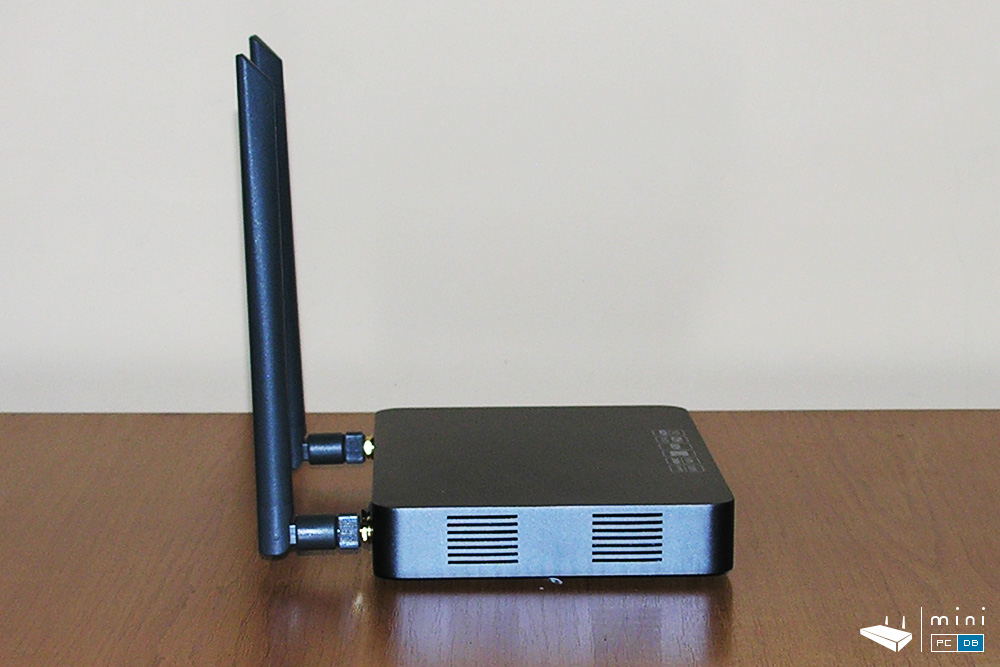
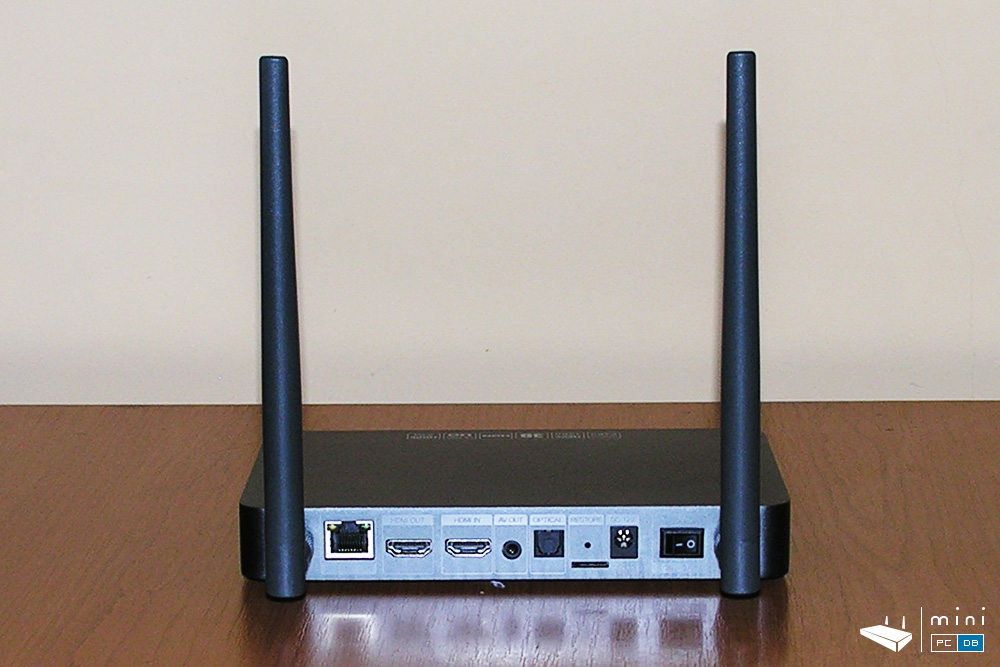
So Zidoo managed to get a "premium" look on both the retail package and the product itself. In the review that will follow soon we'll check out if the product itself is up to the challenge - and based on the initial impressions (both mine and from other reviewers) it looks Zidoo might have a winner here.
Don't forget to follow us on twitter for updates.
As usual, if you want anything specific tested, just leave a message.
Related articles
Meet Zidoo X9S, the first Mini PC based on Realtek RTD1295

